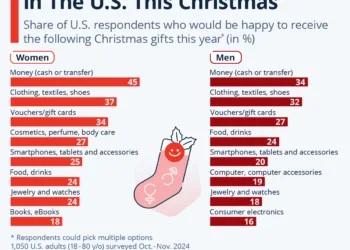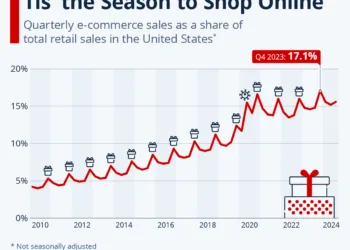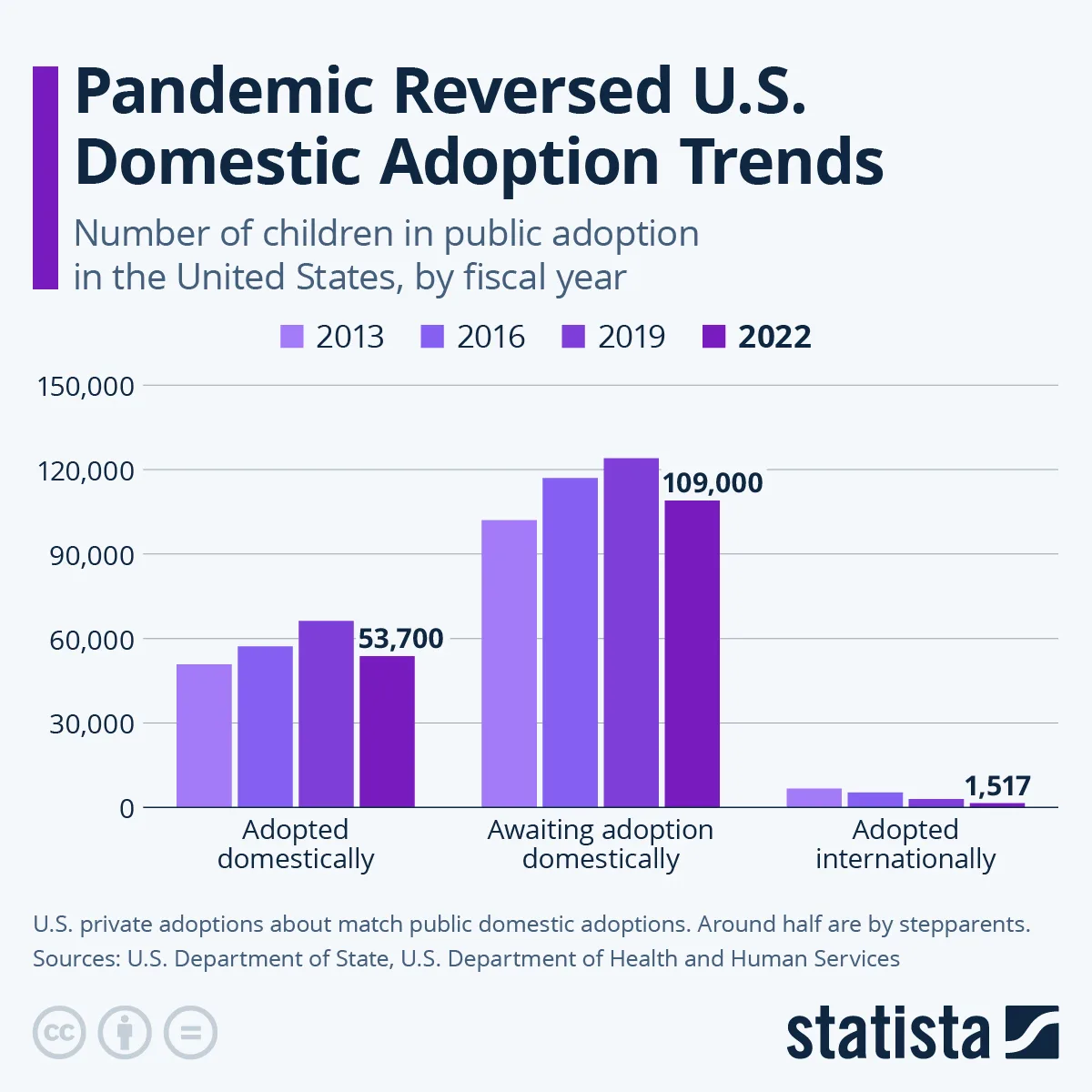In late September, Governor Kevin Stitt of Oklahoma announced that election officials had purged 453,000 individuals from the state’s voter rolls since 2021. Considering Oklahoma has about 2.3 million registered voters, this means approximately one in six registered voters has been removed from the rolls.
While some of those who were removed were deceased or lost their voting rights due to felony convictions, nearly 200,000 individuals were classified as “inactive voters.” This designation typically occurs when a voter fails to respond to a postcard sent to their address.
Voters who believe they were wrongfully removed can re-register, but this “voter list maintenance” process nonetheless presents a significant hurdle to participating in elections.
Historically, Oklahoma has one of the lowest voter turnout rates in the nation, a situation that diverges from the broader national trend. Since 2018, voter turnout has notably increased across the United States in both presidential and midterm elections, as Americans increasingly perceive elections as having high stakes.
Meanwhile, some states have made it simpler to vote. For instance, Minnesota allows voters to register online or in person on Election Day.
In contrast, states like Oklahoma have implemented measures that dissuade or dishearten voters, complicating the voting process. Over the last decade, legislators in these states have capitalized on various Supreme Court decisions that have negated essential protections of the Voting Rights Act.
These developments mark a new chapter in the ongoing struggle to safeguard one of democracy’s core tenets: the right to vote. Our analysis of voter turnout and voting access across the United States has shown that states with the most restrictive policies are predominantly governed by Republican legislatures.
### A Long History of Voter Disenfranchisement
Elections in the United States have always been controlled by states, which have often used this power to marginalize minority groups.
Before the Civil War, voting rights were largely restricted to white men. The landscape began to shift in 1870, with the ratification of the 15th Amendment, which prohibited states from denying the right to vote based on race, color, or prior condition of servitude.
However, many southern states devised new ways to disenfranchise Black voters despite this constitutional safeguard. Tactics such as poll taxes, literacy tests, and grandfather clauses were employed to suppress Black electoral participation. Furthermore, many southern jurisdictions held all-white primaries, asserting that political parties were private organizations exempt from the 15th Amendment.
When all else failed, intimidation and violence were used to prevent Black individuals from voting.
While women gradually gained voting rights in the years following the Civil War, Black women in the South faced similar disenfranchisement as Black men. Consequently, white women became the primary beneficiaries of the 19th Amendment, ratified in 1920, which asserted that states could not deny voting rights based on sex.
It wasn’t until the ratification of the 24th Amendment in 1964, which banned poll taxes, and the Voting Rights Act of 1965, which abolished literacy tests, that the promise of American democracy began to be fully realized.
### How States Are Erecting More Barriers
Despite these important advances, voting in America remains anything but easy or universally accessible.
In fact, numerous states have intensified efforts to regulate their voter rolls and impose obstacles to civic participation following unfounded claims of voter fraud made by then-President Donald Trump in the wake of the 2020 election. Republican-led states, such as Oklahoma, have particularly pursued restrictive measures.
The Center for Public Integrity reports that 26 states have implemented barriers that make voting less accessible since 2020. These include various tactics aimed at complicating the voting process.
Partisan redistricting also plays a role in discouraging turnout among minority party members. By manipulating district boundaries to favor one political party over another, such practices can lead to feelings of futility regarding voting.
### What Our Research Found
Our research indicates that most states that have made voting more difficult since 2020 are located in the South (43%) or the Midwest (31%). The data suggests that the most significant declines in access have occurred in southern states with large Black populations.
Republican-dominated state legislatures have led the charge in passing restrictive voting laws, with 86% of these states enacting such barriers. By contrast, only 5% of states with Democratic leadership have made voting more challenging.
Moreover, our findings show a direct correlation between high barriers to voting and lower voter turnout rates.
When evaluating turnout across all states, “high barrier” states exhibited an average turnout of 45.8%, compared to 49% in “low barrier” states during the 2022 election—a statistically significant difference. Overall, the average turnout rate across the U.S. in 2022 was 46.2%.
In the South, 11 out of 16 states made voting more cumbersome post-2020 election, and almost all recorded voter turnout rates below the national average for 2022, with Mississippi having the lowest at 32.5%.
High-barrier southern states led by Republican legislators recorded an average turnout of 40.6%, while their counterparts in other regions with similar barriers had a turnout of 46.2%.
Conversely, three low-barrier states—Oregon, Maine, and Minnesota—boasted turnout rates exceeding 60%, all with either Democratic-controlled legislatures or, in Minnesota’s case, a divided legislature with a Democratic governor.
### States Should Motivate Voters, Not Demoralize Them
Restrictive voting policies, often justified as “election security,” are likely to affect turnout in upcoming elections as well.
Research indicates that Americans are motivated to vote out of a sense of civic duty or a belief that election outcomes significantly impact their lives and communities.
However, opting to stay home on Election Day can also be a rational decision given the exceedingly low odds of being the deciding voter in either a competitive or non-competitive state.
Given the already low national voter turnout rates compared to other democracies, state legislatures should focus on encouraging voter participation and simplifying the voting process, instead of imposing additional barriers.







![[keyword]](https://www.digitalphablet.com/wp-content/uploads/2024/09/Guide-to-the-New-Town-North-Terminal-Quiz-120x86.webp)


